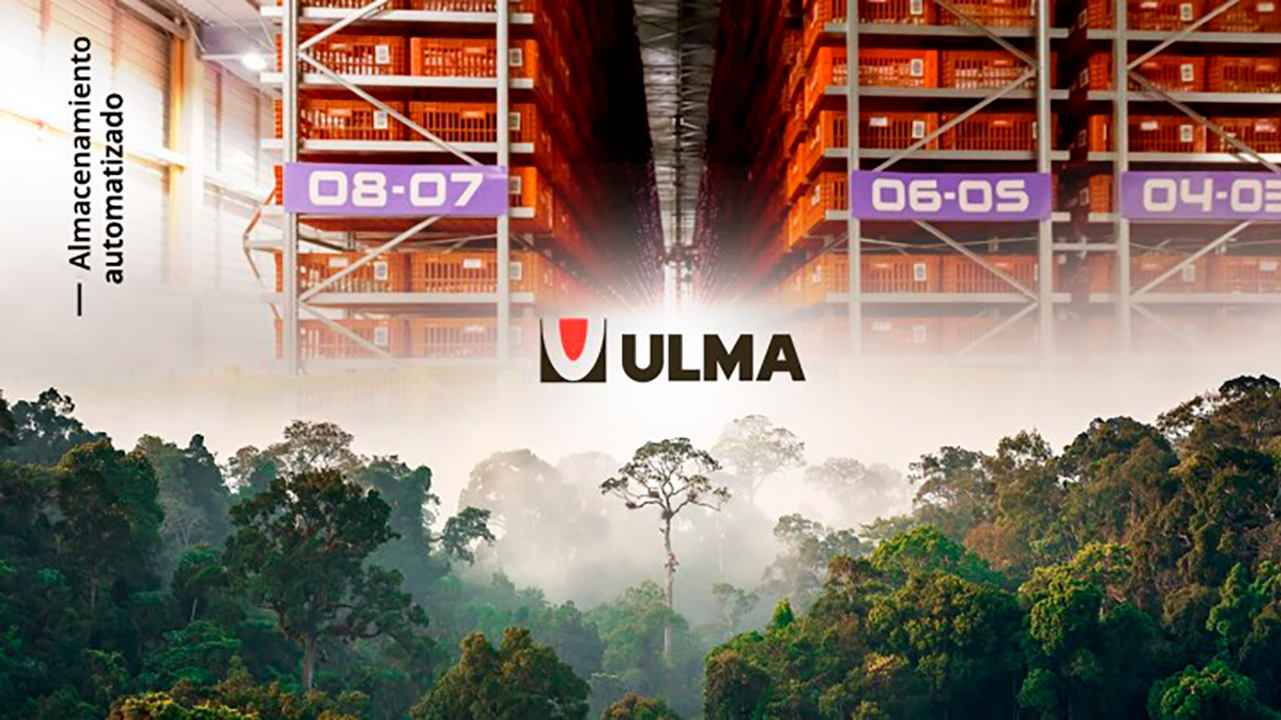Storage and sustainability: a combination for a responsible future

 Back
Back
The search for sustainable solutions has become a priority in many industries, and warehousing and automated systems are no exception.
With the growing focus on reducing environmental impact and process efficiency, the adoption of sustainable practices in automated warehousing has proven essential for companies looking to combine economic growth with environmental responsibility.
Traditional warehousing can be inefficient and consume excessive natural resources, resulting in higher energy consumption and overall waste. In contrast, automated storage can be an efficient and sustainable alternative, provided it is implemented consciously and responsibly.
The main advantage of automated storage in terms of sustainability is space optimisation and energy efficiency. By using automated systems, it is possible to reduce the space required to store products due to verticality, which allows for a more efficient use of the available floor space and often eliminates the need for physical extensions.
In addition, automated systems are designed to optimise energy use. Machines and systems are programmed to operate only when needed, minimising electricity consumption during periods of low demand.
Automated warehouses, for example, operate in the dark thanks to robots that perform activities in them without human labour. Air-conditioned warehouses, such as those handling products in the cold chain, are fitted with materials that promote thermal insulation, preventing temperature leakage and the consequent increase in energy consumption. This results in a significant reduction of carbon emissions, contributing to a cleaner and more sustainable environment.
Automated warehousing also enables smarter inventory management. With sophisticated automated control systems, it is possible to monitor the flow of products in real time, avoiding overstocking and minimising waste. Reducing unnecessary inventory not only saves natural resources, but also reduces operational and financial costs.
Another important aspect of sustainability in automated warehousing is the choice of sustainable materials and components in the manufacture of the systems. The use of recycled or recyclable materials helps to reduce the carbon footprint and conserve natural resources.
In addition, automated storage equipment is designed to have a longer lifespan and can be easily upgraded or reused in different configurations, preventing premature obsolescence and reducing the amount of e-waste.
In short: preventive maintenance that avoids possible breakdowns and facilitates decision-making in case of failure can help your warehouse to be sustainable. Technologies such as the U-mind solution developed by ULMA Handling Systems, can provide real information about the warehouse and enable the anticipation and prevention of breakdowns to improve the safety of your logistics facilities.
The successful adoption of sustainable practices in automated warehousing depends not only on the technology used, but also on the commitment of employees.
Training and awareness programmes are essential to ensure that staff are committed to adopting sustainable practices in their daily routines.
Conclusion
Automated warehousing offers a unique opportunity for companies to move towards sustainability and environmental responsibility. Through space optimisation, improved energy efficiency, intelligent inventory management and the adoption of sustainable materials, it is possible to significantly reduce the environmental impact of warehousing operations.
However, sustainability in automated warehousing is not an end goal, but a continuous journey of improvements and adaptations. As technology and sustainable practices continue to evolve, companies have the opportunity to lead the way to a more responsible and environmentally friendly future.
